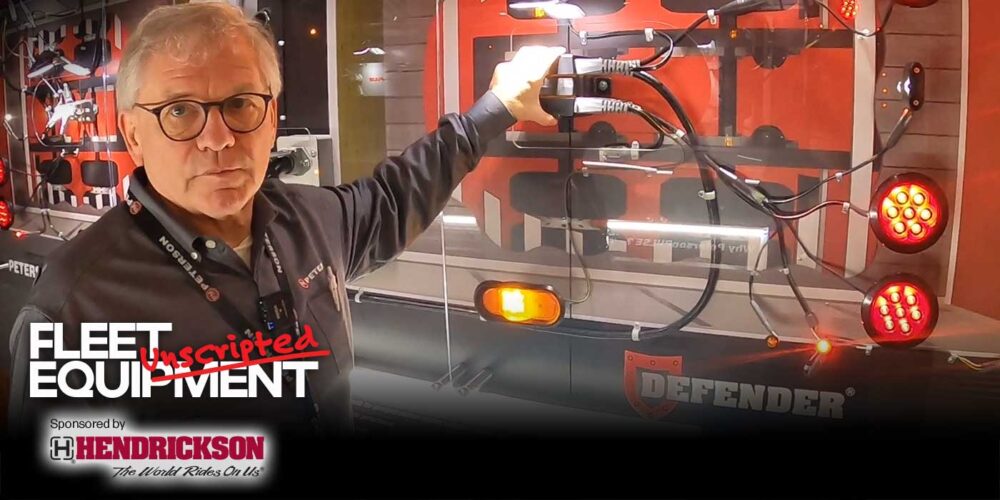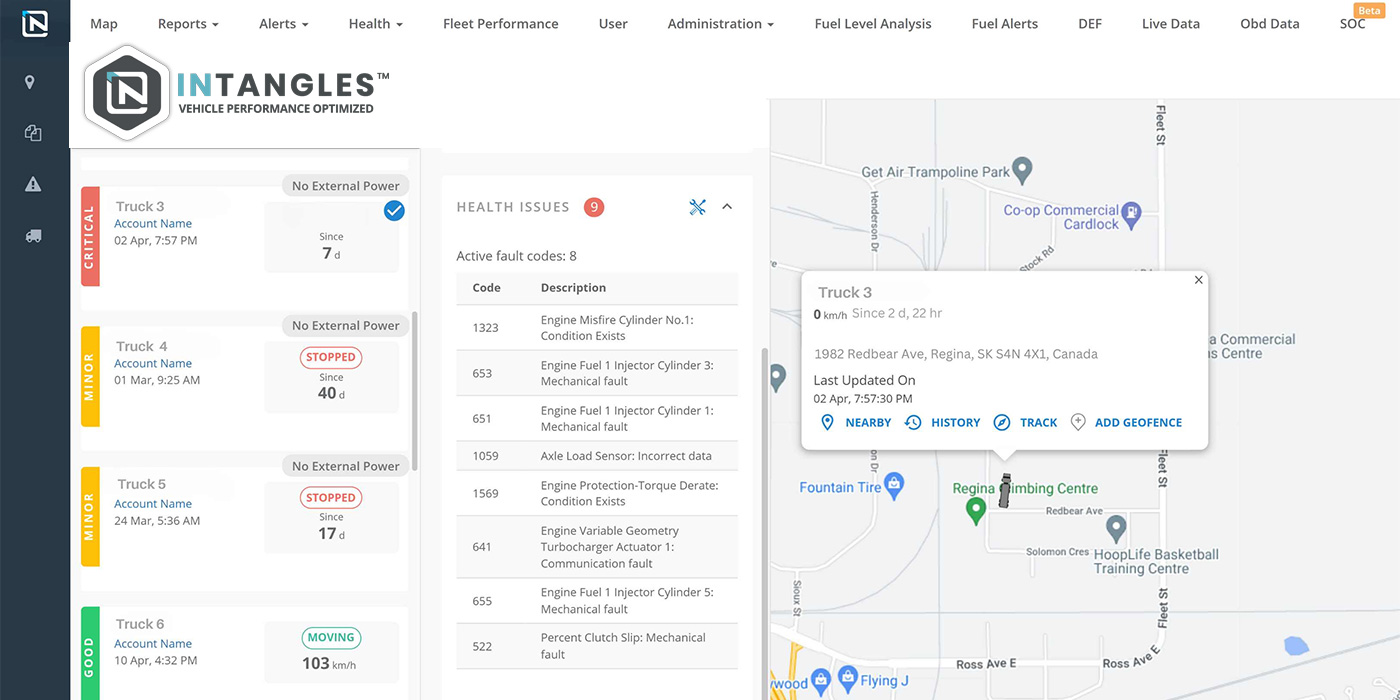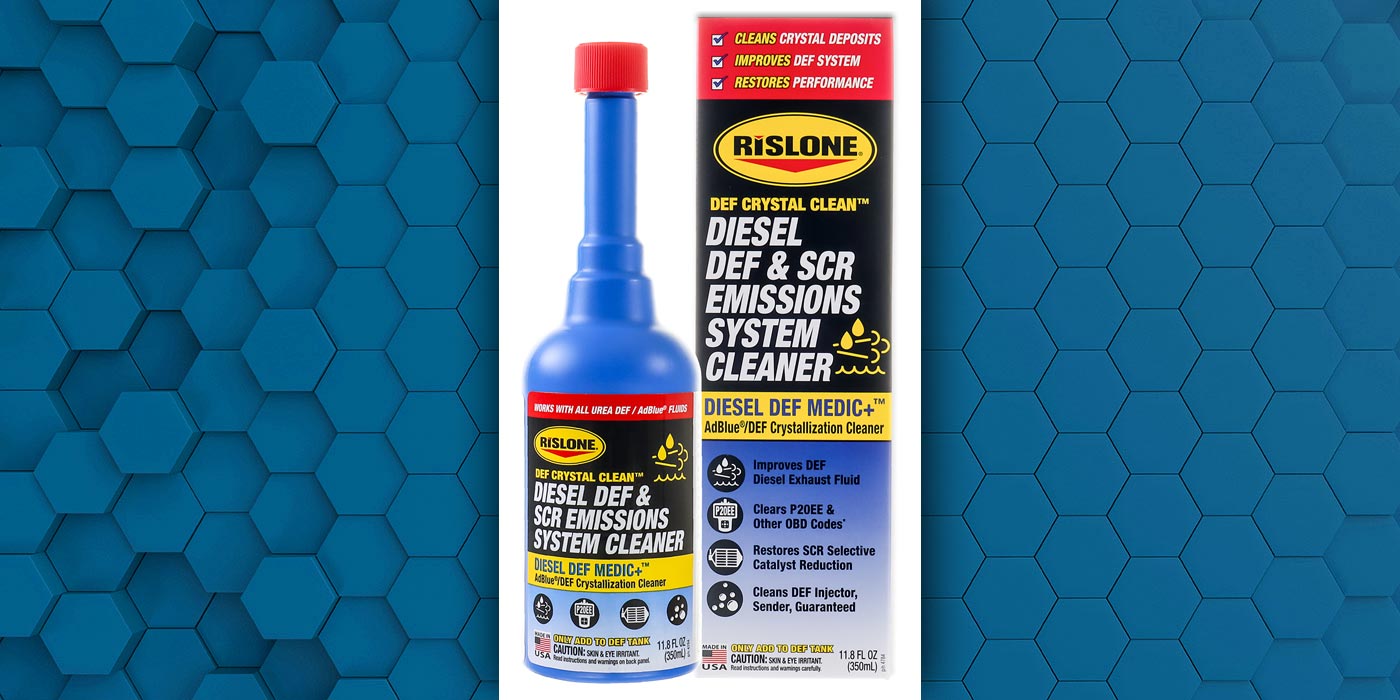We’ve come full circle – the snow has melted, the sun is getting hotter and it’s time to crank on the A.C. Personally, I love this season, your trucks, however? Probably not as much. The heat takes a toll on your fleet, but this is especially true when it comes to the trucks on the latter side of their life cycles. Don’t get me wrong, some things do get better with age, like wine and cast iron skillets … but even your top performers are predisposed to struggle in the scorching heat of summer.
So when it comes to your fleet’s older trucks, they may face additional challenges as their worn-out components and diminished efficiency make it harder for them to cope with rising temperatures. This is why preventative and ongoing maintenance practices are vital for keeping them on the road for as long as your operations may require.
Maintaining proper alignment and pressure, keeping fluids at appropriate levels, regularly charging the battery, keeping a close eye on telematics software, along with a host of other best practices can keep even the eldest of your trucks in working condition and on the road.
I reached out to Duane Tegels, product marketing manager, Volvo Trucks North America, to discuss the optimal maintenance tips recommended by the OEM for ensuring optimal vehicle performance and maximizing the lifespan of various components, a crucial aspect of aging trucks, especially when operating under the harsh conditions of the summer climate.
What are some key maintenance practices recommended by Volvo for older trucks?
“Extended-life coolants versus standard-life coolants, they’ve just got a difference as far as maintenance intervals, where your extended-life is 750,000 miles and your standard-life is roughly about 150,000. They have different additives in there, or more additives, molybdate and also nitrates in the coolant, so those will be more into an extended-life coolant, therefore has a longer life cycle. Valve adjustments, they’re adjusting the overhead on the engine. We recommend that you do that every 150,000 miles. Once you’ve got that done for the first time, it’s going to be every 300,000 miles on that.”
The frequency of said adjustments may vary depending on the application and duty cycle. Duane explains that the demanding nature of vocational requirements, the heavy load severity, the presence of debris and dirt, and the increased wear on the vehicle’s components all contribute to this. Consequently, it necessitates more maintenance to ensure optimal performance.
“In regards to oil or oil life, when you’re talking about transmissions or engines, dirty oil ends up being more abrasive. So as these components wear the dirt debris, if it’s not taken care of, it’s going to wear the engine out, have a shorter life cycle of it. So obviously, it’s important to change that oil out. Aftertreatment systems are another area you may want to look at, making sure those are cleaned out on a regular basis. Again, based on duty cycles, those vary anywhere from 280,000 miles all the way up to 600,000 miles.”
This entails striking a delicate balance between maximizing the benefits of your maintenance practices while avoiding crossing the threshold where your actions begin to work against the well-being of the truck.
“Some other things that you need to look at, drive belts and tensioners should be looked at on a regular basis. They should be repaired or should be replaced, I should say. Again, those are also duty-cycle dependent, every 210 to 450 thousand miles, depends on your fuel rating. And let’s see here, transmission oil should be changed 250,000 miles on severe duty and then up to 525,000 in economy mode. Wheel alignments, not a bad idea to do a wheel alignment on an annual basis, would recommend that as well. Chassis lubrications, if you’re in a severe environment, every 10,000 miles, and about every 15,000 miles when you look into that normal kind of duty across the road. Power steering fluid and filters, you’re looking at every 150,000 miles. And then air dryer coalescent cartridges, that’s about 150 miles or about every year, typically, we’ll put a new coalescing air filter into that.”
As you prepare to bask in the sun, take a dip in the pool, and embark on your long-awaited annual beach trips, don’t forget to give your fleet the attention it deserves. Your hardworking vehicles never take vacations, so treat them to some well-deserved TLC.
Fleet Equipment’s On The Road is sponsored by Rockland Flooring. Subscribe to our newsletter to catch every episode as we dive into the best practices and servicing information to keep your trucks On The Road.













